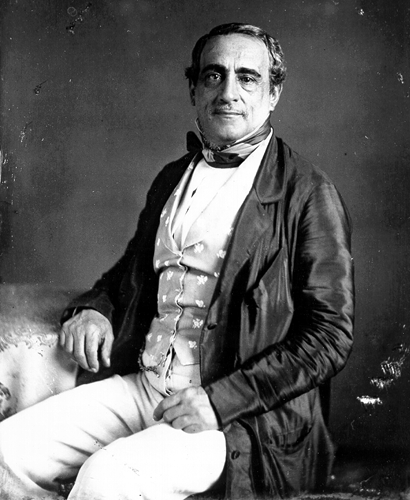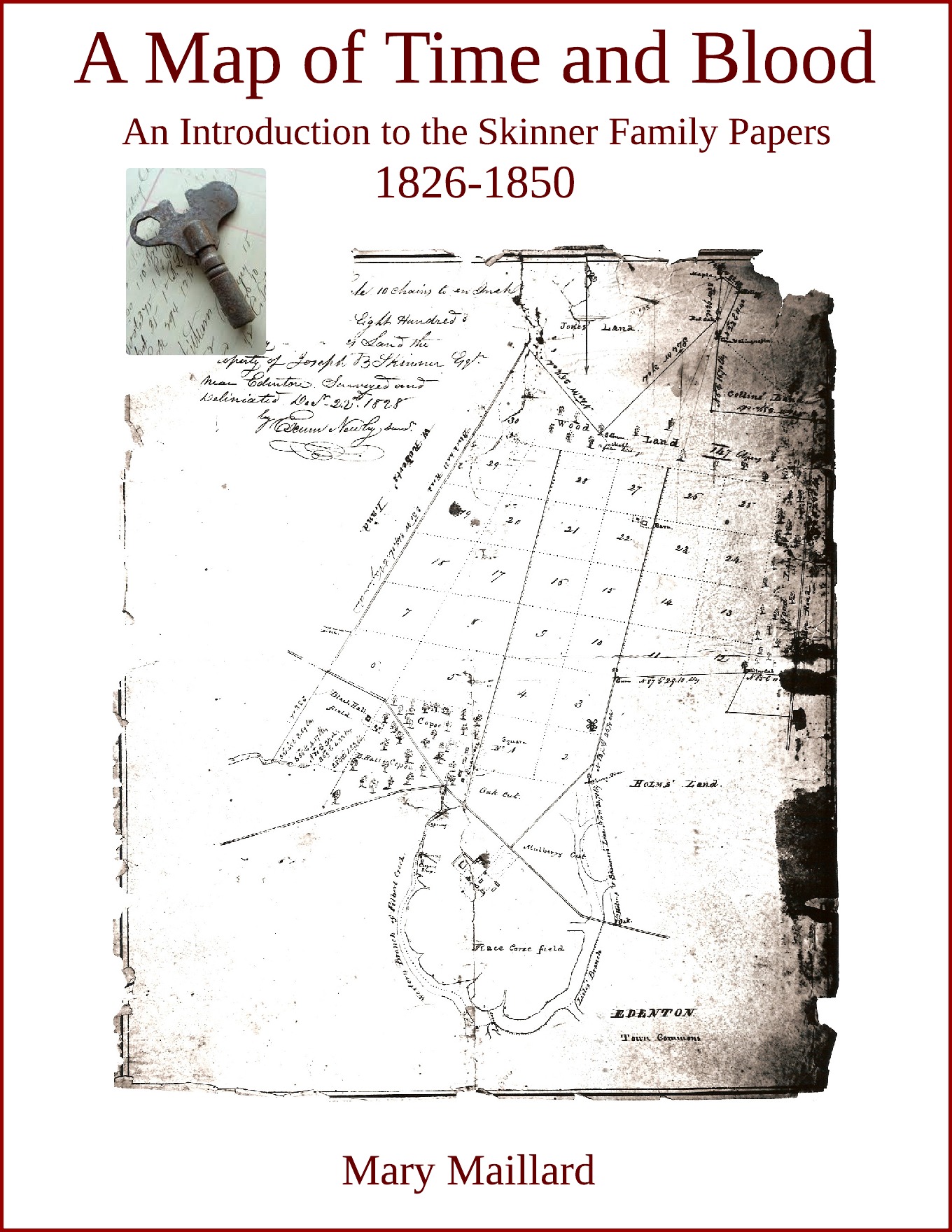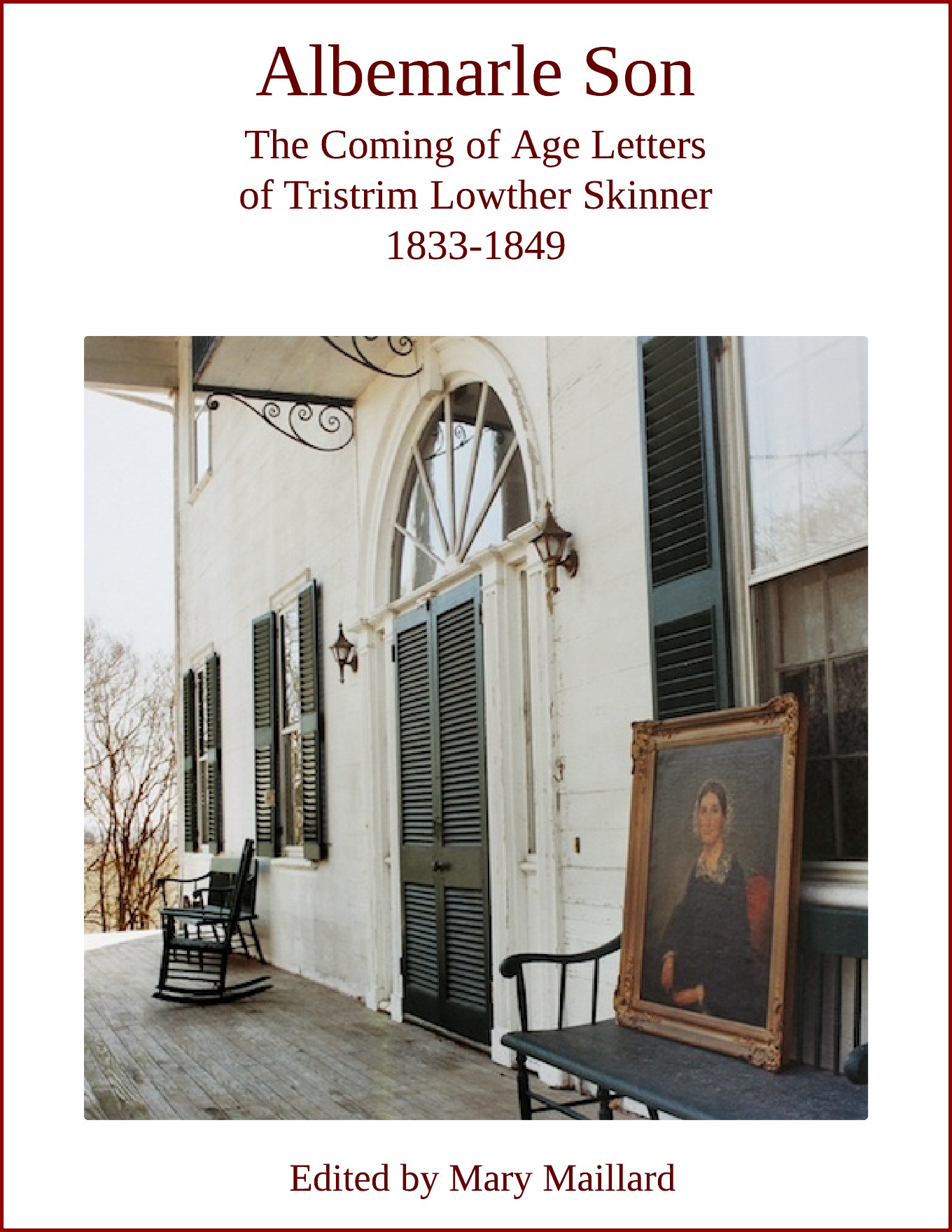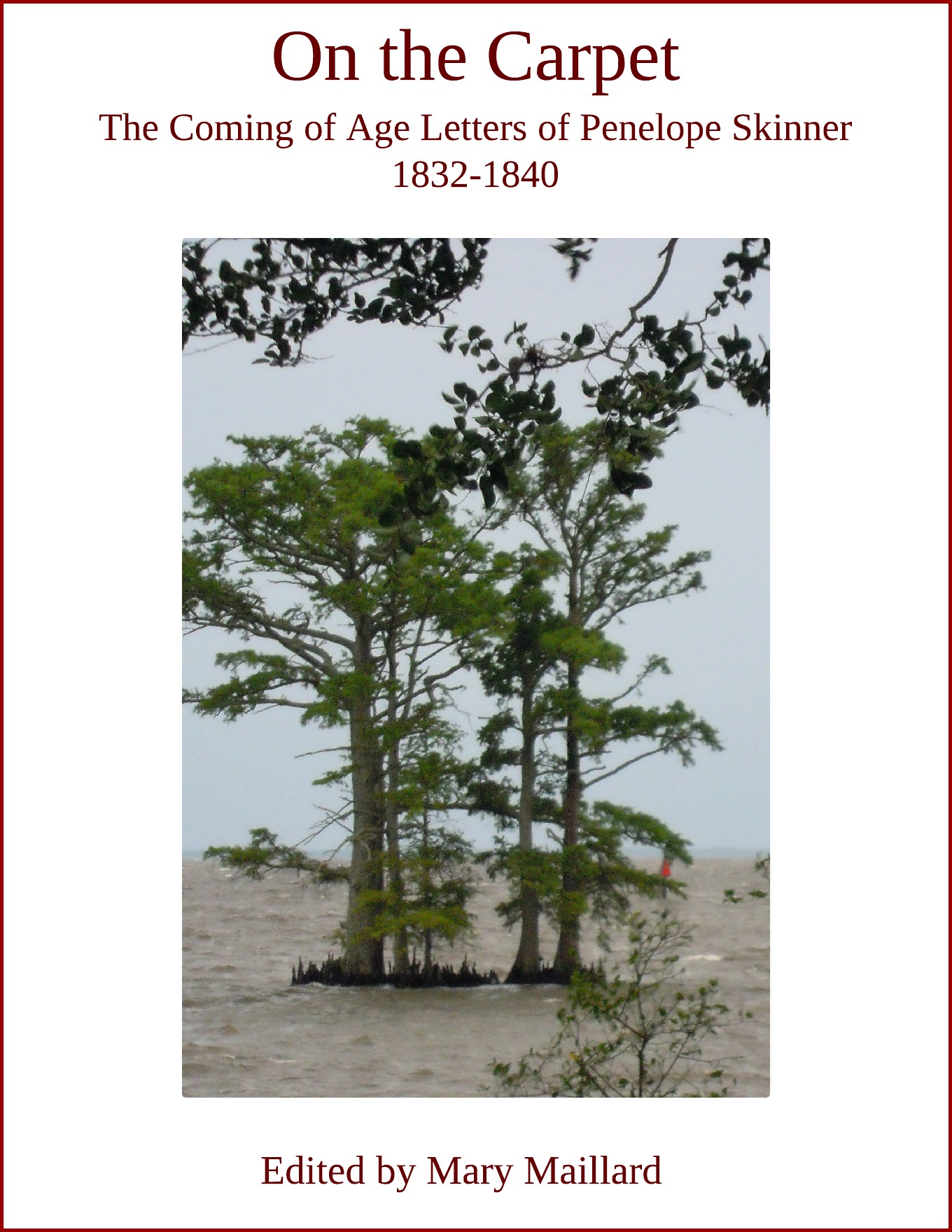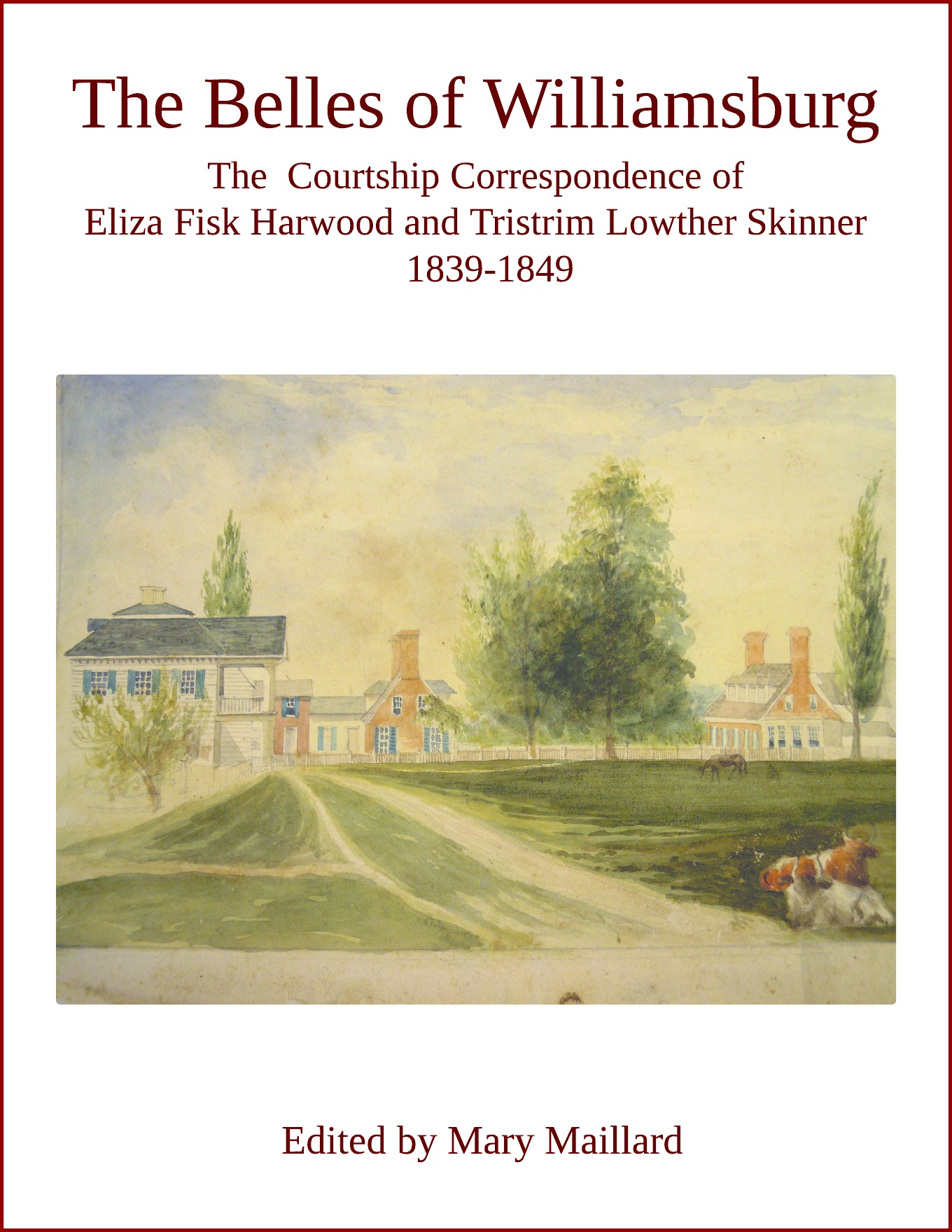Venezuelan-born Narciso Lopez (1797-1851) joined the Spanish army as a teenager and quickly rose through the ranks, becoming a colonel by the age of twenty-one. He served the Spanish government in Cuba from the mid 1820’s until 1843, when he lost his post as assistant to the governor-general. By 1848, having joined the anti-Spanish Revolutionary party, Lopez was threatened with arrest and he fled to the United States. There, in 1849, he organized a military expedition to invade Cuba and liberate it from the Spanish. He enlisted the support of Americans, many who supported the idea of Manifest Destiny, but his attempts at filibustering were blocked by President Zachary Taylor, who ordered that Lopez’ ships be blocked and seized. Enlisting more than five hundred filibusters for his May 19, 1850, expedition, Lopez succeeded in capturing the town of Cardenas (for twenty-four hours), planting Cuba’s first flag on top of La Dominica Hotel, and flying the rebel flag on the burning Capitular House. Only five Cubans participated in the 1850 expedition. In August, 1851, Lopez tried again with 435 mercenaries. Again, he received very little local support, and his expeditionary forces were quickly defeated by Spanish troops. Fifty American soldiers and their leader, Colonel William L. Crittenden (nephew of President Filmore’s Attorney General John J. Crittenden), were executed by firing squad in Havana. Lopez himself was publicly garroted, after loudly proclaiming, “It was not my wish to injure anyone, my object was your freedom and happiness.”
Dickie Galt wrote this letter to Eliza Skinner midway between Lopez’ two failed expeditions.
Tom Chaffin, Fatal Glory: Narciso Lopez and the First Clandestine U.S. War against Cuba (Charlottesville: University Press of Virginia, 1996); “Cuban Filibuster Movement,” http://www.latinamericanstudies.org/filibusters.htm .

